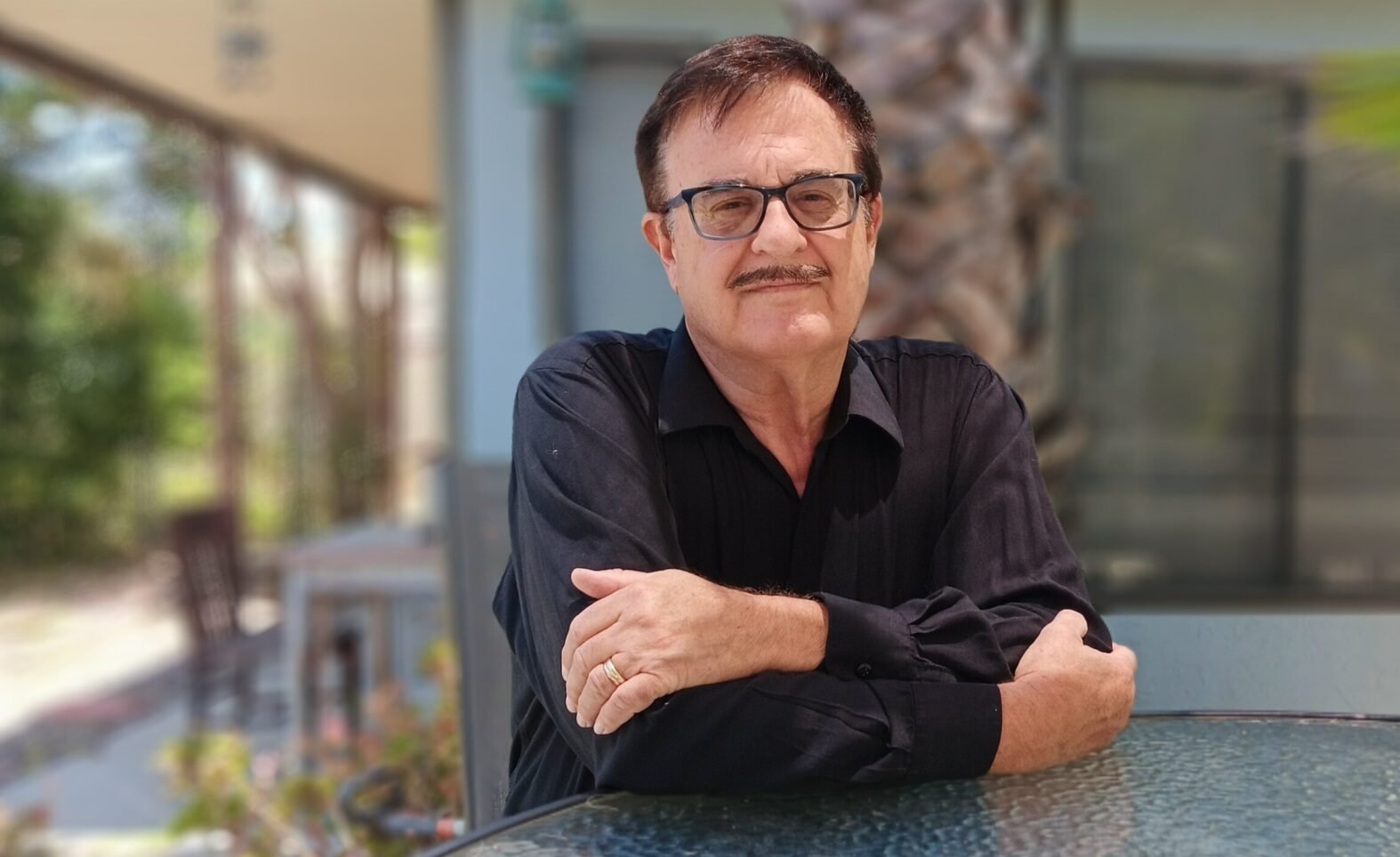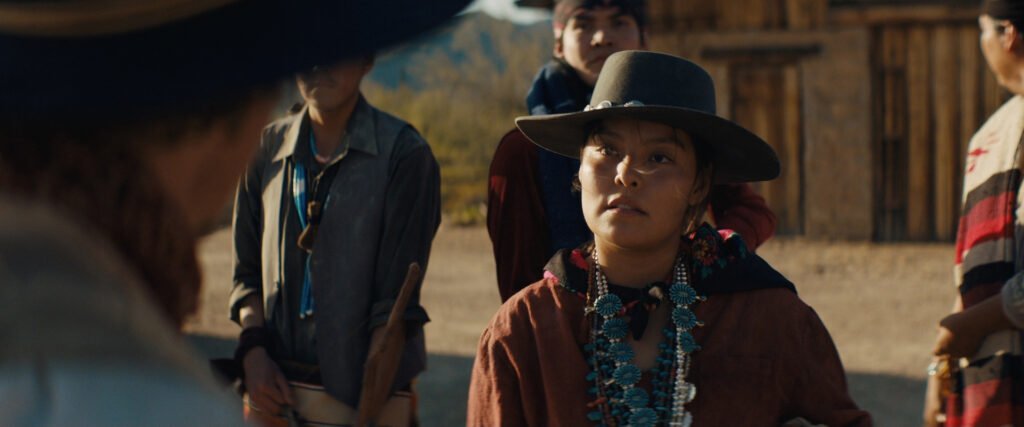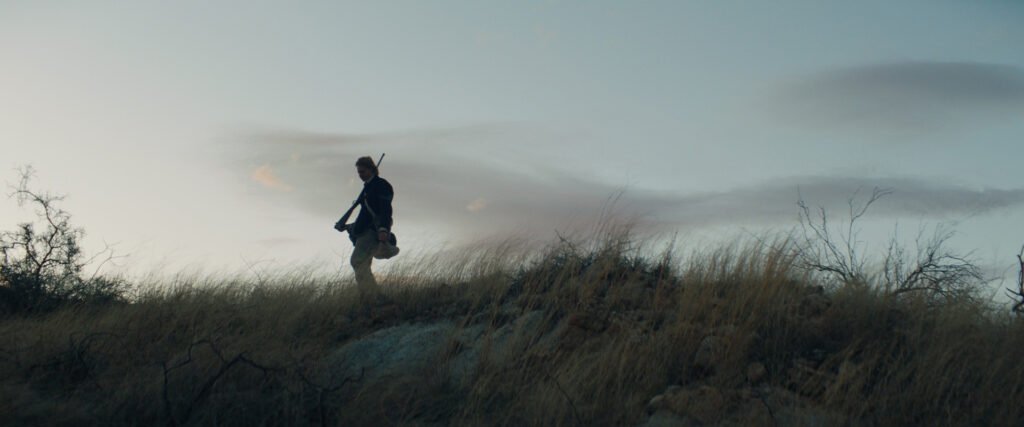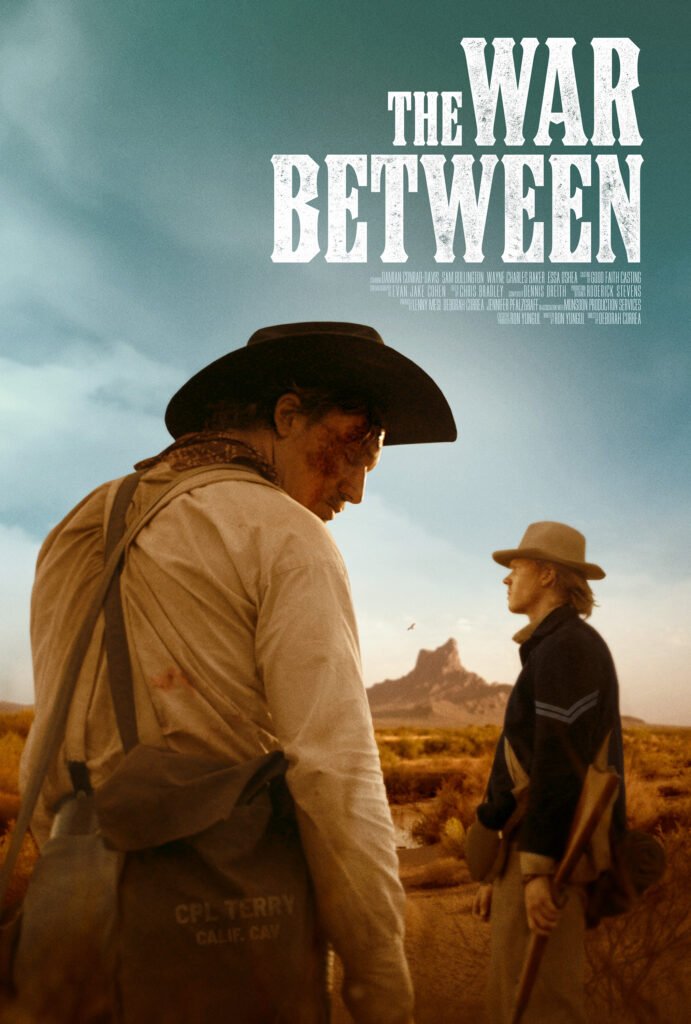Before the Winter – Love, Loss, and Sacrifice
Is everything we do truly initiated by love? 'Before the Winter', ...

There’s something deeply compelling about stories that echo through time. Especially when they’re told by someone who truly understands the weight of history and the intimacy of human experience. In ‘The War Between‘, screenwriter Ron Yungul offers a poignant tale set during the American Civil War, but its heartbeat feels contemporary or urgent even.
In this exclusive conversation, Ron walks us through his creative journey, from a childhood shaped by classic cinema to the profound influence of family legacy, revealing the emotional, historical, and personal layers that shaped this two-character survival drama in the desert. What unfolds is a rich tapestry of memory, imagination, and a story purposely forged not just in the past, but for the present.
1. Ron, you can already be described as a seasoned filmmaker. Can you share with us what inspired you to get into screenwriting?
Ron: I have to credit my mom for passing on her love of classic movies to me; once I was bitten by the movie bug, I always wanted to tell stories with pictures. There came a time in my film studies when I decided I wanted to be at the incipient phase of filmmaking: creating the story, the blueprint; once you know the basic visual language, you can picture the movie in your head and then it is merely a matter of transcribing what you see and hear… let’s just hope the movie you see unspooling in your imagination is as good as you hope it is!
2. Would you say you have a fascination with Civil War History?
Ron: That’s an easy answer: two of my great-great-grandfathers on my mother’s side fought for the Union, and in doing family research, I began a lifelong fascination with that momentous time in U.S. history. One of my maternal great-great grandfathers was Ensign Israel Terry Halstead of the Navy, and I borrowed his first and middle name for one of our lead characters, Corporal Israel Terry.
3. What was the original spark or inspiration for ‘The War Between’?
Ron: After watching The Good, the Bad and the Ugly several years ago, I was curious as to the historic accuracy of the artillery duel in the desert. Finding it depicted an actual battle, I realized the desert setting could be a dramatic backdrop to a story of survival. I combined that with the basic dilemma of another favorite movie of mine, Hell in the Pacific, in which Lee Marvin and Toshiro Mifune face off as enemy soldiers stranded on a deserted island in the Pacific, and you have the premise for The War Between. Our movie was intended as a very low budget two-hander, shot with a skeleton crew in the desert, but it morphed into something more than that!
4. As a screenwriter, what comes to you first? The story or the title? Does the story lead you to the title, or does the title inspire the story?
Ron: Definitely the story first. Once I have the basic underpinnings of a good yarn, I try to find a title that best sums it up in terms of theme, spirit, or feeling. It has to be somewhat oblique of course… poetic license!
5. As I can imagine, writing a film like this involves doing some research to capture both historical and cultural facts. What was that process like and how long did that take?
Ron: That’s a good question! This whole project was very accelerated, so the research took place throughout the whole process, even to days on the set! I wanted the dialogue and idioms to be period accurate and we drew from many sources: journals, books, and even older western movies such as The Shootist and True Grit, which had just that sound of authenticity of voices. We also had veterans and a member of the Army Reserve on set, and they were very helpful in ensuring we depicted Army protocol, procedures and practices with historical accuracy.
6. Also, how did you approach writing dialogue that captures both the era and the internal conflict of the characters?
Ron: I think beyond what I said above, it was also a matter of delineating the characters by their background; where they are from, their upbringing and belief systems. Our Union soldier was from Ohio, fairly well-educated and emotional about his reasons for fighting, and our Confederate soldier was from Texas, a supporter of the Rebellion, and gifted with a native intelligence which enabled him to adapt to circumstances. I think these differences are reflected in how they spoke and expressed themselves.

7. In ‘The War Between’, are there scenes or moments that were particularly hard to write or emotionally demanding?
Ron: Absolutely. There are scenes which deal with the death of a child, and I drew from my own fears and anxieties as an older dad. I would say also, that being an older writer— hell, an older person in general— writing about mortality becomes more personal as the years accumulate. Memories of death and the contemplation of impending death are a constant presence in our story and it was sometimes difficult to face even on the written page.
8. What was it like working with Deborah Correa as a director, and how did the story evolve through your collaboration?
Ron: Working with Deborah has been the most fulfilling creative partnership I’ve ever had. We often think as one, and when we don’t, the project still benefits, because the resolution of conflict leads to even better results! She doggedly pursued this project with unwavering energy and it couldn’t have been done without her, no doubt. She had such faith in me as a writer, she granted me carte blanche throughout the revision process and then we compared notes and settled on what we agreed was the best way to proceed. She directed, I wrote, but the division was certainly not black and white. She and I welcomed each other’s input and participation in our respective roles. I cannot stress enough how tireless she proved to be and the fact that she pulled everything together given our budget and scheduling constraints is nothing short of miraculous!
9. Also, how involved were you during the production phase, especially with the historical and environmental details on set?
Ron: Good question! One I wasn’t sure of when we began. Because this was such a handmade, almost family endeavour, it took all hands on deck. I was present for almost the entire shoot. Deborah is a very collaborative director, and she allowed me the bandwidth to work with the actors on set to fine-tune the dialogue, up to the point of cameras rolling. Our production crew, cinematographer, our art director, makeup artists, prop makers, armourers, were all exceptional and there were no barriers to collaboration among the cast and crew, above- and below-the-line.
10. The story explores themes of survival, division, and humanity. What central message do you want audiences to walk away with after seeing this film?
Ron: I think there’s a simple answer. As we find ourselves in an increasingly tumultuous world, these themes are just as relevant now as they were in 1862. History is full of periods where we fail to see the common humanity in others, and when that happens, the human race suffers and starts a backwards march toward destruction. Recognising our own flaws and facing them is one way to remedy this. I hope The War Between sparks the desire to think about those things.
11. What is the next project for you? Another Civil War-inspired screenplay?
Ron: Not Civil War-inspired, but World War II-inspired! It takes place exclusively on the home front in 1943, and all I will say is that it is drawn from a little-known corner of that war and I hope it will be an engaging revelation for our audience. I will say that it has much in common with The War Between as it deals with themes of racism, clashing ideologies, conformity, assimilation and our shared humanity.
12. Lastly, if you could give some advice to anyone aspiring to be a screenwriter, particularly for stories that are complex and historically rooted, what would it be?
Ron: There are so many true stories waiting to be told. That tired axiom, “Truth is stranger than fiction” is a great way to approach the uniqueness of those hidden stories. History is loaded with them, and what better way to surprise an audience than with a true story never or seldom told? The fact that your story is drawn from history just adds that extra jolt of delight or revelation for an audience. Gather the facts to build your block of clay, then start carving away. The story is inside, waiting to be revealed by you, the artist.
Thank you for asking such great questions! It’s been an enlightening exercise in self-examination for me.

Through this conversation, it becomes clear that ‘The War Between’ is more than just a historical screenplay.It is also a meditation on what makes us human in the face of conflict and difference. Ron Yungul’s thoughtful reflections remind us that storytelling is an act of both preservation and revelation, especially when rooted in the truths history leaves behind.
With his next project on the horizon, it’s safe to say his dedication to honest, character-driven narratives will continue to spark necessary conversations and perhaps, even provide a little more healing for us all.

In Conversation With Reina K., brings to you the kind of scoop that gives you a real insight into the mind, drive and craft of filmmakers from across the world.
Leave A Reply